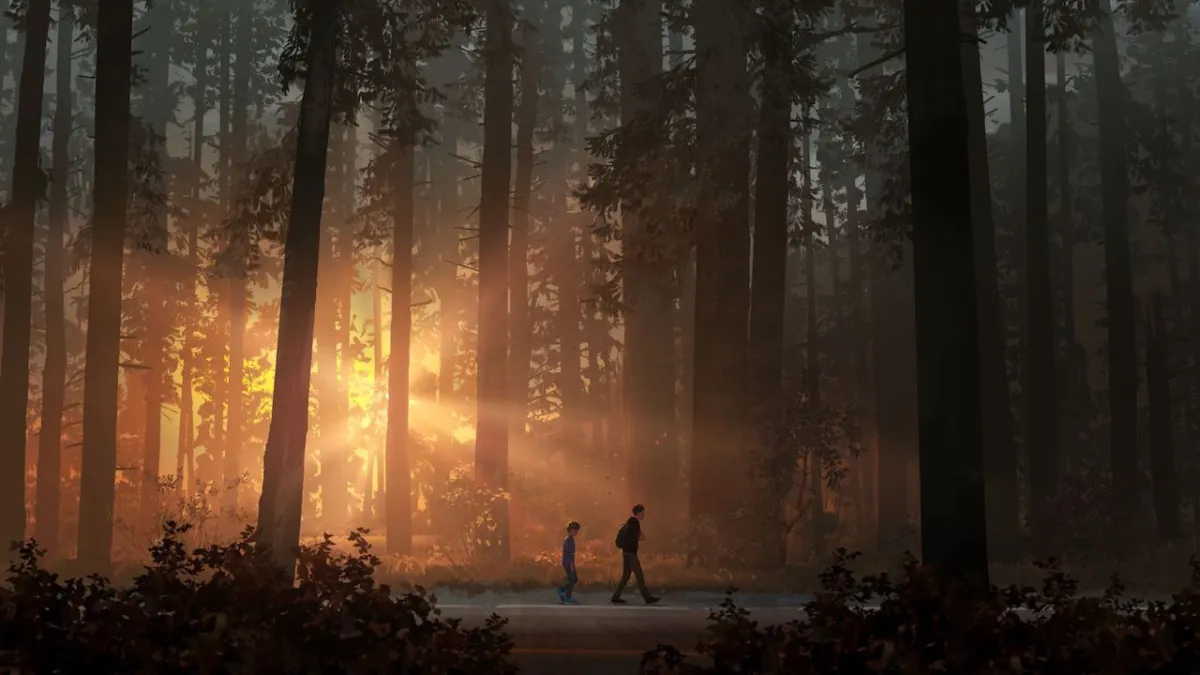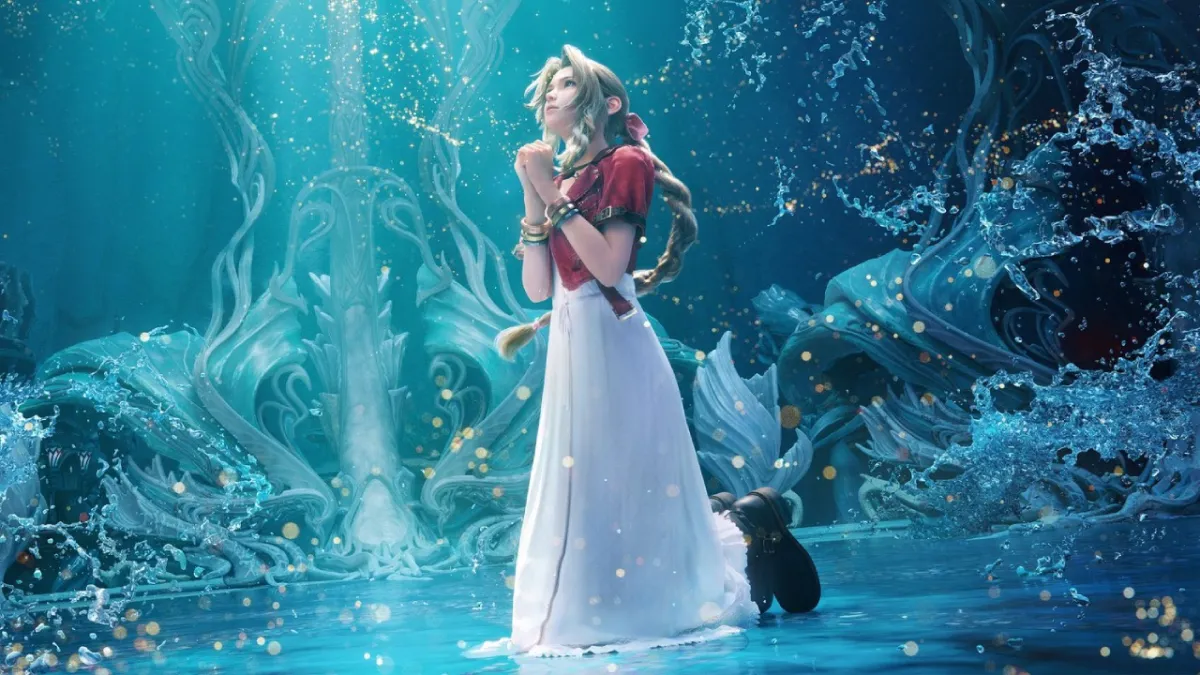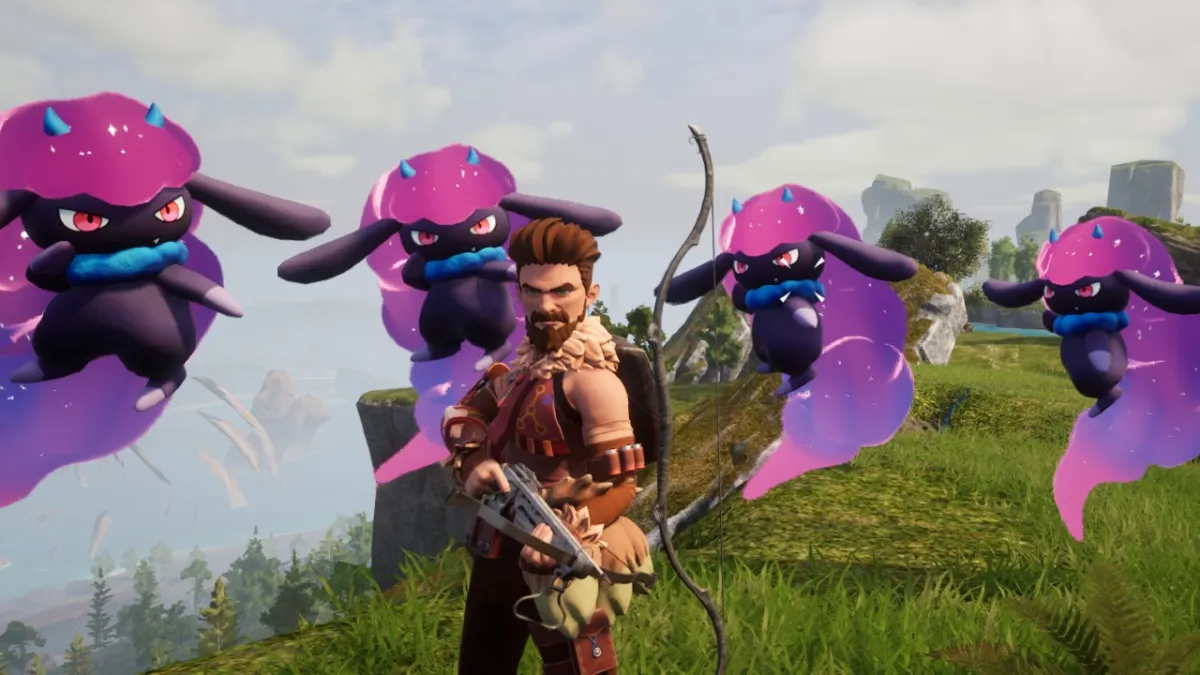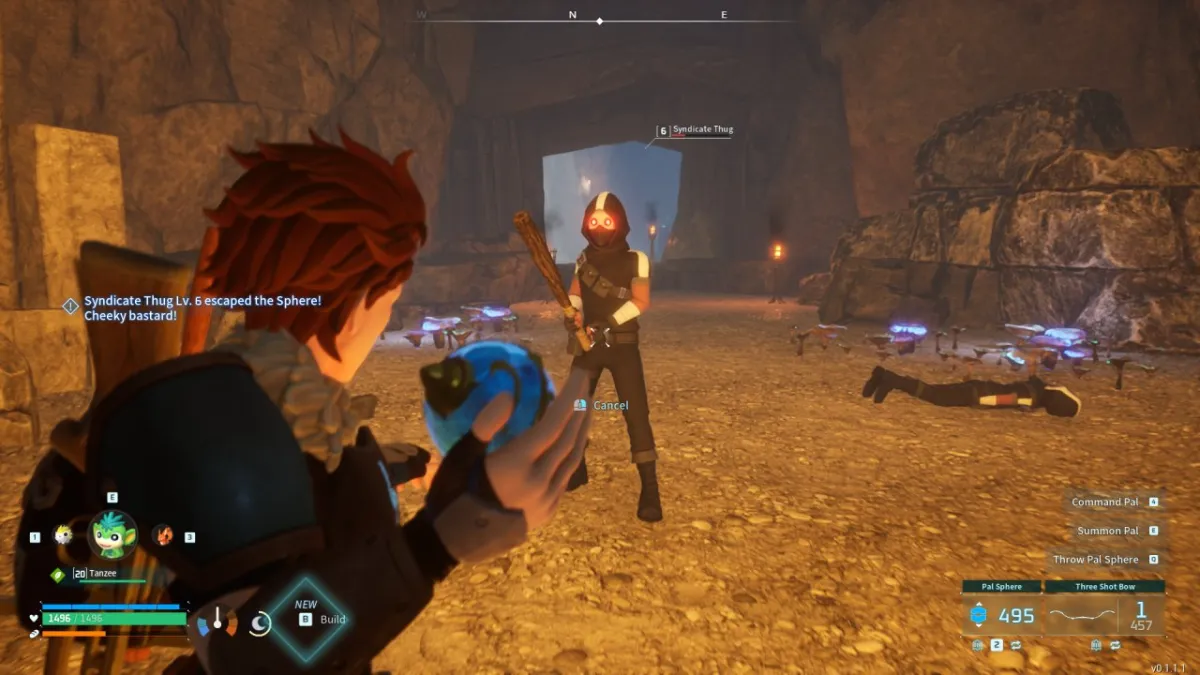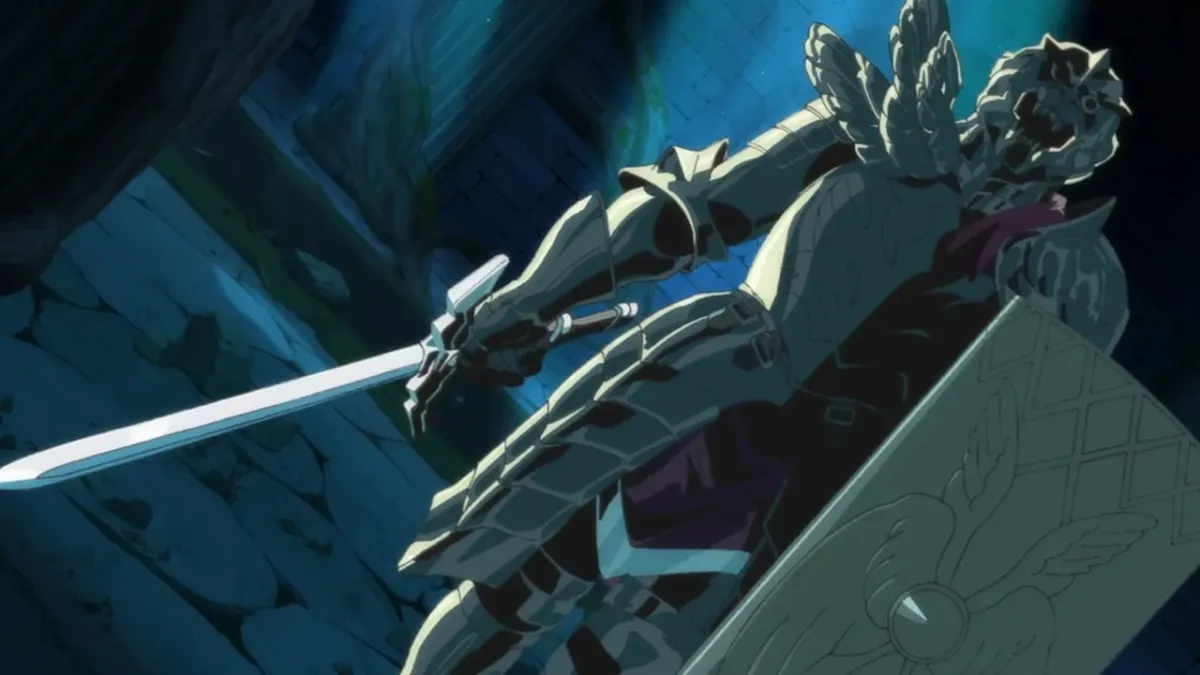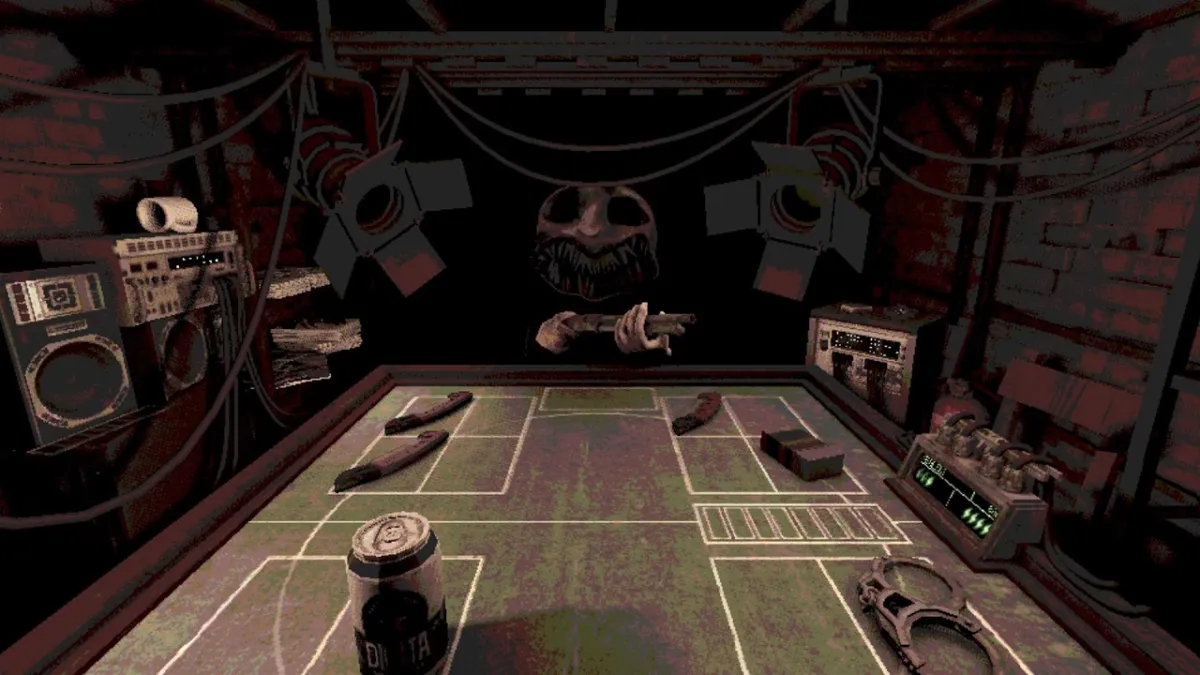The long-awaited sequel to 2015’s breakout hit Life is Strange is finally starting later this month. Before the first episode premieres, the developers at DONTNOD have released a short documentary detailing the process of turning the game into a series and the directions they decided to take with this new entry.
In the video, it is explained that when it was decided that Life is Strange would have a sequel, the developers immediately knew that they wanted to make a new story with new characters. As far as DONTNOD was concerned, the first game was the entirety of Max and Chloe’s story, as their entire journey was self-contained in the single entry with no need for a sequel continuing a story that had already ended. So when coming up with concepts for a new entry, the developers thought about what makes a Life is Strange game; what would be the through line in a series that features different characters with different stories in different locations? They eventually concluded that a Life is Strange game is about relatable characters going through real-world hardships, but with the extra twist of something supernatural.
DONTNOD was also sure to emulate the graphical style of the first game in the sequel, to give the game a familiar feel to players, though graphics and animations have also been improved this time around. The music of the new game will hold onto the same melancholic feel as the first, but will feature more electronica to give the game its own vibe as well. It is also stated that the player’s actions controlling Sean will determine what Sean’s younger brother, Daniel, learns. Things the player says and does, as well as how they handle certain situations, will all play into what Daniel will learn from his older brother’s example.
Life is Strange 2 will premiere its first of five episodes on September 27 for PC, Xbox One, and PlayStation 4. You can watch the full 10-minute documentary below.


